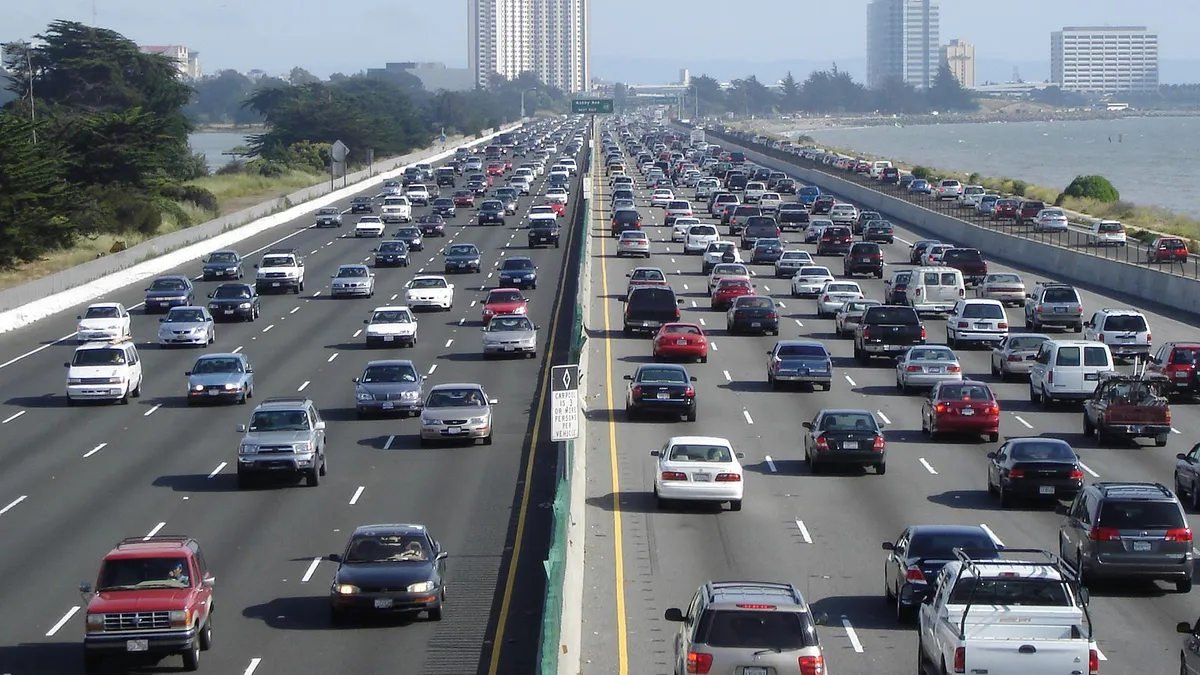Dive Brief:
- Los Angeles Mayor Eric Garcetti announced Wednesday new speed limits on 71 of the city's streets following recent speed surveys conducted by the Los Angeles Department of Transportation (LADOT). Twenty-six streets will have increased speed limits, while 45 streets will have their speed limits decreased.
- The updated speed surveys were a prioritized component of the city's Vision Zero plan, a "holistic approach to keeping Angelenos safe [by] helping to create safer and more walkable communities for our neighbors," according to Councilmember Mike Bonin.
- Enforceable speed limits are now in place on 98.4% of the city's High Injury Network (HIN): streets "with a higher incidence of severe and fatal collisions," according to a statement.
Dive Insight:
Mayor Garcetti signed the city's Vision Zero directive in August 2015, making Los Angeles one of the Vision Zero "Focus Cities" along with Chicago, Seattle, San Francisco, Boston, New York, Austin, TX, Fort Lauderdale, FL, Portland, OR and Washington, DC. The 10 Focus Cities have become the drivers of peer-to-peer networking and brainstorming for developing strategies that will make cities safer for its pedestrians, bikers and drivers, with the ultimate goal of reducing deaths and serious injuries from traffic accidents to zero.
Enforcing city speed limits is one simple, low-cost way of working toward safer cities. Earlier this year, Portland lowered its speed limit in residential areas from 25 mph to 20 mph, also as part of its Vision Zero initiative. However, enforcement cannot stop with installing new signs. Increased monitoring and policing must also follow to ensure drivers are educated and aware of the speed changes.
While the new speed limits will likely advance the city's safety, the impact they will have on the city's congestion is unclear. Los Angeles recently ranked as the world's most congested city, with drivers spending an average of 102 hours in traffic during peak times last year. By increasing speeds on 26 city streets, some of this congestion may be alleviated, however more action will need to be taken to improving traffic flow moving forward.












